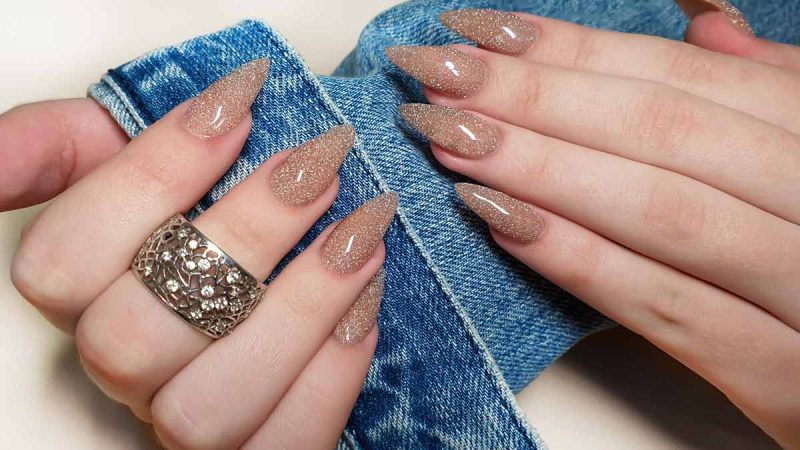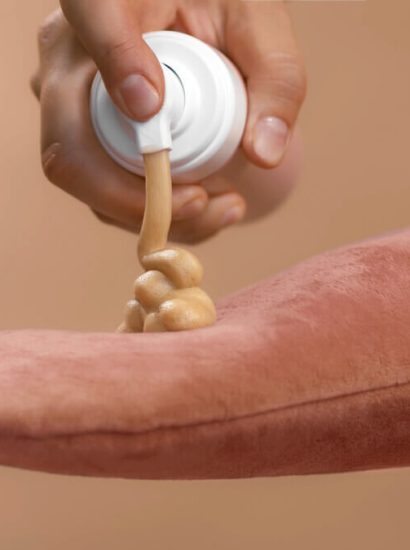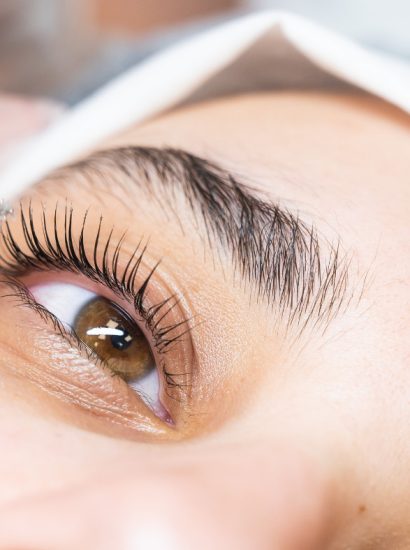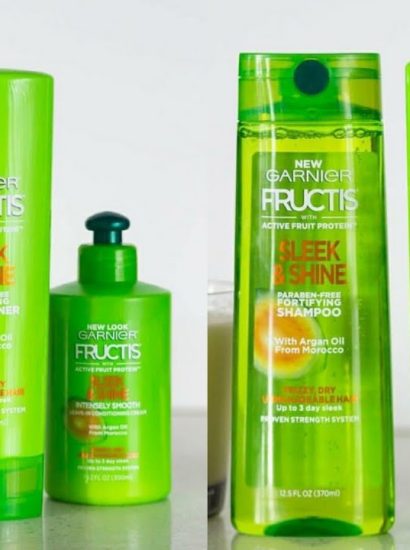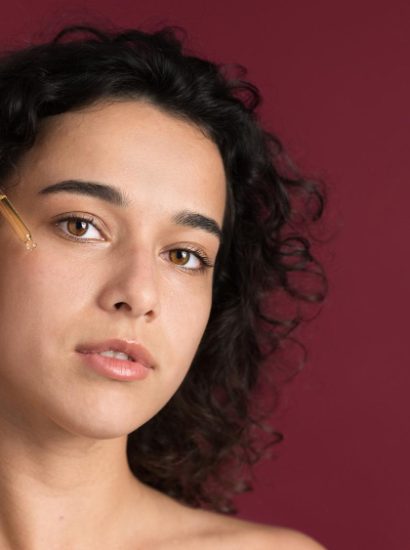Over the past decade, gel manicures have transformed the nail industry. Their durability, shine, and chip-resistant finish make them a top choice for people who want long-lasting, salon-quality nails. Whether you prefer a simple nude or an intricate nail design, gel polish offers endless options.
But did you know there are different types of gel manicures? From soft gels to builder gels, each type serves a unique purpose depending on your nail goals, lifestyle, and desired look. This guide will walk you through the 10 most popular kinds, their pros and cons, and tips for maintaining them.
What Makes Gel Manicures Special?
Before diving into the types, it’s essential to understand what makes gel manicures different. Unlike traditional polish, gel nail products are cured under UV or LED light, creating a hardened finish that resists chipping for up to three weeks or more.
Here’s why gel manicures stand out:
- Long-lasting: Up to 3–4 weeks without chipping.
- High gloss: They maintain a mirror-like shine.
- Quick drying: No smudging or waiting time.
- Flexible and durable: Perfect for both short and long nails.
Now, let’s explore the 10 types of gel manicures you can try for perfect, polished nails.
Soft Gel Manicure
Soft gel is the most common and beginner-friendly type. It includes the classic soak-off gel polish you see in salons.
Key Features:
- Applied like regular polish, cured under LED or UV light.
- Easily removed by soaking in acetone.
- Available in a vast range of colors.
Best For:
People who want natural-looking nails with a long-lasting, glossy finish.
Pro Tip:
Avoid peeling off soft gel polish—it can damage your nail bed.
Hard Gel (Builder Gel) Manicure
Hard gel is thicker and more durable than soft gel. It’s often used to extend nail length or strengthen weak nails.
Key Features:
- Used for nail sculpting and extensions.
- Extremely strong yet lightweight.
- Must be filed off, not soaked off.
Best For:
Those who want long, salon-style nails or need extra durability.
Pro Tip:
Always have hard gel removed by a professional to prevent damage.
Gel Polish Manicure (Shellac)
When most people think of gel nails, they’re referring to gel polish—commonly branded as Shellac. This hybrid formula combines regular polish and gel technology.
Key Features:
- Applies like normal polish but cures under light.
- Soak-off removal process.
- Gives a glossy, chip-free finish.
Best For:
Anyone seeking a fast, durable manicure with easy removal.
Pro Tip:
Use cuticle oil daily to keep your gel manicure flexible and hydrated.
Builder in a Bottle (BIAB) Gel Manicure
Builder in a Bottle, or BIAB, is a newer type of gel that has gained massive popularity for its natural finish and strengthening properties.
Key Features:
- Thicker than regular gel polish but thinner than hard gel.
- Promotes nail growth and reduces breakage.
- Can be infilled instead of removed every session.
Best For:
People growing out their natural nails or who want a durable yet natural look.
Pro Tip:
BIAB is perfect for a clean, minimalist manicure or as a base for nail art.
Gel Overlay Manicure
A gel overlay involves applying gel directly on the natural nail (without extensions) for added strength.
Key Features:
- Strengthens natural nails without changing their length.
- Prevents splitting or peeling.
- Can be finished with gel polish on top.
Best For:
Those with naturally weak or brittle nails who prefer a short length.
Pro Tip:
Keep nails short for longer-lasting overlays.
Sculpted Gel Extensions
If you love long nails, sculpted gel extensions might be for you. Unlike acrylics, these use forms and gel rather than tips and liquid monomer.
Key Features:
- More flexible and lightweight than acrylics.
- Odorless application process.
- Can be shaped into almond, coffin, or stiletto styles.
Best For:
Those wanting dramatic length or custom nail shapes.
Pro Tip:
Get infills every 2–3 weeks to maintain structure and prevent lifting.
Dip Powder Gel Manicure
Although technically not a “true” gel, dip powder manicures are often grouped with gel manicures because of their similar durability and shine.
Key Features:
- No UV lamp needed; nails are dipped into colored powder.
- Hard, long-lasting surface.
- Can last up to 4 weeks.
Best For:
People sensitive to UV lamps or who want an ultra-strong manicure.
Pro Tip:
Avoid layering too much powder—it can make nails look bulky.
Hybrid Gel Manicure (Polygel)
Polygel combines the flexibility of gel with the strength of acrylic. It’s applied from a tube and shaped using a brush and slip solution.
Key Features:
- Lightweight and odor-free.
- Easier to shape than acrylic.
- Doesn’t cure until exposed to UV or LED light.
Best For:
Beginners or professionals looking for a versatile nail enhancement system.
Pro Tip:
Polygel works great for creating strong overlays or sculpted extensions.
Magnetic and Cat Eye Gel Manicures
For those who love creativity, magnetic gels (like cat eye designs) are trendy options. These gels contain metallic particles that react to magnets, forming stunning 3D effects.
Key Features:
- Unique reflective finish.
- Works on both short and long nails.
- Easy to remove like soft gel.
Best For:
Fashion-forward individuals or special occasions.
Pro Tip:
Use a magnetic wand right after applying the gel before curing for the best pattern.
How to Choose the Right Type of Gel Manicure
When choosing among the different types of gel manicures, consider:
- Your lifestyle: Active individuals may prefer BIAB or hard gel for durability.
- Desired length: For long nails, go with sculpted or Polygel extensions.
- Maintenance time: Soft gels and Shellac are easier to remove and maintain.
- Budget: Hard gels and Polygel services tend to be pricier due to longer application times.
Proper Aftercare for Gel Manicures
Aftercare is crucial for extending the life of your gel manicure and keeping your natural nails healthy.
Do:
- Apply cuticle oil daily.
- Use gloves while cleaning or washing dishes.
- Moisturize hands regularly.
Don’t:
- Pick or peel your gel polish.
- Use nails as tools.
- Soak hands in hot water for prolonged periods.
How to Safely Remove Gel Manicures
Improper removal is the main reason for nail damage.
Always follow these steps:
- Gently file the top coat to break the seal.
- Soak cotton pads in acetone and wrap nails in foil.
- Wait 10–15 minutes.
- Use a cuticle pusher to gently lift softened gel.
- Buff and moisturize nails afterward.
For hard gels, see a professional—they must be filed off carefully.
Pros and Cons of Gel Manicures
Pros:
- Long-lasting and chip-free.
- Glossy and professional appearance.
- Great for nail art and designs.
Cons:
- Requires UV/LED curing.
- Improper removal can weaken nails.
- Some formulas can be costly.
Understanding these pros and cons helps you choose the best types of gel manicures for your needs.
Conclusion
Gel manicures offer versatility, durability, and beauty—all in one package. With so many types of gel manicures, you can find a perfect match for your lifestyle and aesthetic preferences. Whether you want a minimalist BIAB look, dramatic sculpted extensions, or creative cat-eye nails, there’s a gel manicure for everyone.
The key to perfect nails isn’t just the type of gel you choose—it’s also how you care for them afterward. Prioritize proper removal and regular nail hydration to keep your nails healthy and strong.
FAQs
1. What are the most popular types of gel manicures?
The most common types are soft gel, hard gel (builder gel), Shellac, BIAB, and Polygel manicures.
2. Are gel manicures safe for natural nails?
Yes, when applied and removed properly. Damage typically occurs due to peeling or over-filing during removal.
3. How long do gel manicures last?
Most gel manicures last between 2–4 weeks, depending on the type and aftercare routine.
4. Can I do a gel manicure at home?
Yes, soft gels and gel polish are ideal for at-home applications with a UV or LED lamp. However, hard gels and extensions are best left to professionals.
5. Which type of gel manicure is best for weak nails?
Builder in a Bottle (BIAB) or gel overlays are excellent options because they add strength without being too heavy.
Also read: What Is Setting Powder? How to Use It for a Flawless Makeup Finish

